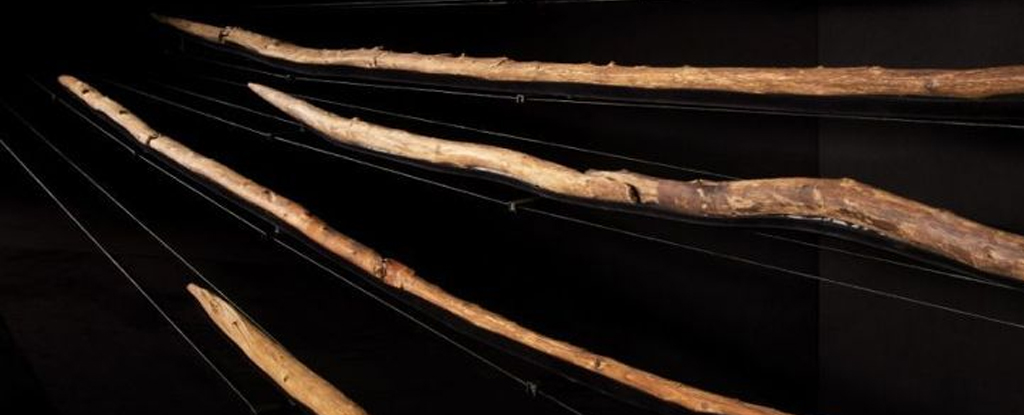Powerful new imaging techniques reveal humans were already crafting complex hunting weapons from wood 300,000 years ago, upending the stereotype of the Stone Age. Archeologists have previously humans have been using wooden tools for at least as long as stone ones, but due to wood's more fragile nature, most evidence has rotted away. Now, using 3D microscopy and micro-CT scanners to examine 187 wooden artifacts from Schöningen in Germany, archeologist Dirk Leder from the Lower Saxony State Office for Cultural Heritage and colleagues have confirmed the suspicions.
"Wood was a crucial raw material for human evolution, but it is only in Schöningen that it has survived from the period in such great quality," University of Göttingen archeologist Thomas Terberger. Amidst this stash of wooden artifacts, the largest known from the (2.58 to 11,700 years ago) were at least 10 spears, seven throwing sticks, and 35 domestic tools.
They were all carved from woods known to be both flexible and hard, including spruce, pine, and larch. The tools showed clear evidence of a splitting technique previously only known to be used by modern humans, as well as signs of carving, scraping, and abrasion. "The way the wooden tools were so expertly manufactured was a revelation to us," University of Reading paleolithic archaeologist Annemieke Milks.
Working wood to the discovered level of sophistication is a slow and many-step process, requiring much patience and forethought. What's more, the age of.

















